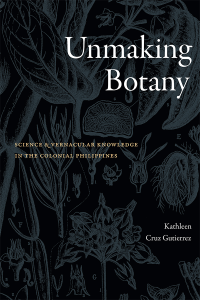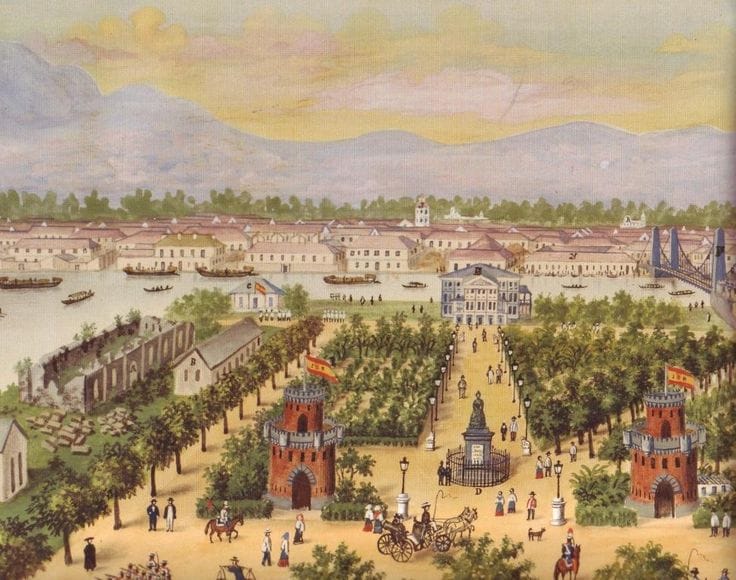Had the eminent physicist Ernest Rutherford actually once said that “all science is either physics or stamp collecting”, he might have botany in mind, a discipline the very basis of which is collecting and labelling plants according to strict taxonomies. In her (perhaps aptly entitled) new book, Unmaking Botany, Kathleen C Gutierrez sets about describing not just the history of botany in the Philippines but how the practice of it intersected with the imperial projects of Spain and the United States. She combines history of science with political science and an almost anthropological approach to the material to a provide a different perspective on an otherwise reasonably well-known narrative of one colonial regime giving way to another, it helps that she writes well, and has a keen eye for the interesting fact, telling anecdote and (sometimes darkly) humorous aside.

The book has several throughlines; one is how the supposedly rigorous taxonomy of “Latin binomials” ran up against the reality of plants on the ground (as it were):
Continued colonial exploration inundated botanists with non-temperate plant material, which did not neatly conform to temperate-plant-driven systematics. Botanists tried to fit new tropical material, for instance, into genera with which they had more familiarity, incapable of rectifying plant diversity within their arrangement. The number of botanizing practitioners also increased, as natural history enthusiasts, travelers, Linnaean protégés, and artisans from varied class backgrounds took to the field. At the same time, “botany’s ancien régime” could not readily discipline the influx of plants or new practitioners. Publication venues proliferated. New Latin binomials went unaccounted. “Amateurs” set foot, some driven more by sacrament and self-improvement than by systematics.
What a mess. It didn’t help that locals had their own names for the various plants, divided them in different ways, and that different people would assign different Latin names to what were in fact the same plant.
Botany was put at the service of the imperial projects of both Spain and the US (something seen as both benign and progressive at the time). Gutierrez spends time on discussions of rice varieties, the production and weaving of abacá (a variety of hemp)—which the Americans considered a key cash crop—into which she weaves stories of anthropological “collecting”, economic development and the impact of cash economies on traditional ways of life.
Gutierrez often employs a human touch:
Foreign botanists, missionaries, and local collaborators of many stripes worked to make Linnaeus’s dream real. The logic of botany—that all vegetal life on the planet can be recorded and systematically arranged to show relation—made their impractical objective seem achievable …
and populates her book with actual botanists, both local and foreign, the latter being often portrayed as somewhat bumbling and hapless in their pursuit of this somewhat impossible scientific dream, a pursuit which was not without its “Indiana Jones” aspects:
Fears plagued US colonial botanists, especially when suspicions of premeditated violence emerged. In 1908, US forester Harry D. Everett (d. 1908) traveled with two Filipino forest rangers, a Constabulary guard, and a US teacher to the island of Negros. The entire party was allegedly murdered in a plot designed by Ayhao, a man who acted as a local field guide. Newspaper accounts reported that Ayhao and his collaborators drugged the collecting party with the “fumes of [the tuyugtuyug] plant” and killed the full group with allegedly no other motivation than “to kill someone.”
There is something almost quaint about foreign occupation being used as an umbrella for the advancement of knowledge; the story Gutierrez tells here must have been, in its rough outlines, duplicated in other imperial possessions. With Afghanistan and Iraq in mind, it seems inconceivable today.


You must be logged in to post a comment.